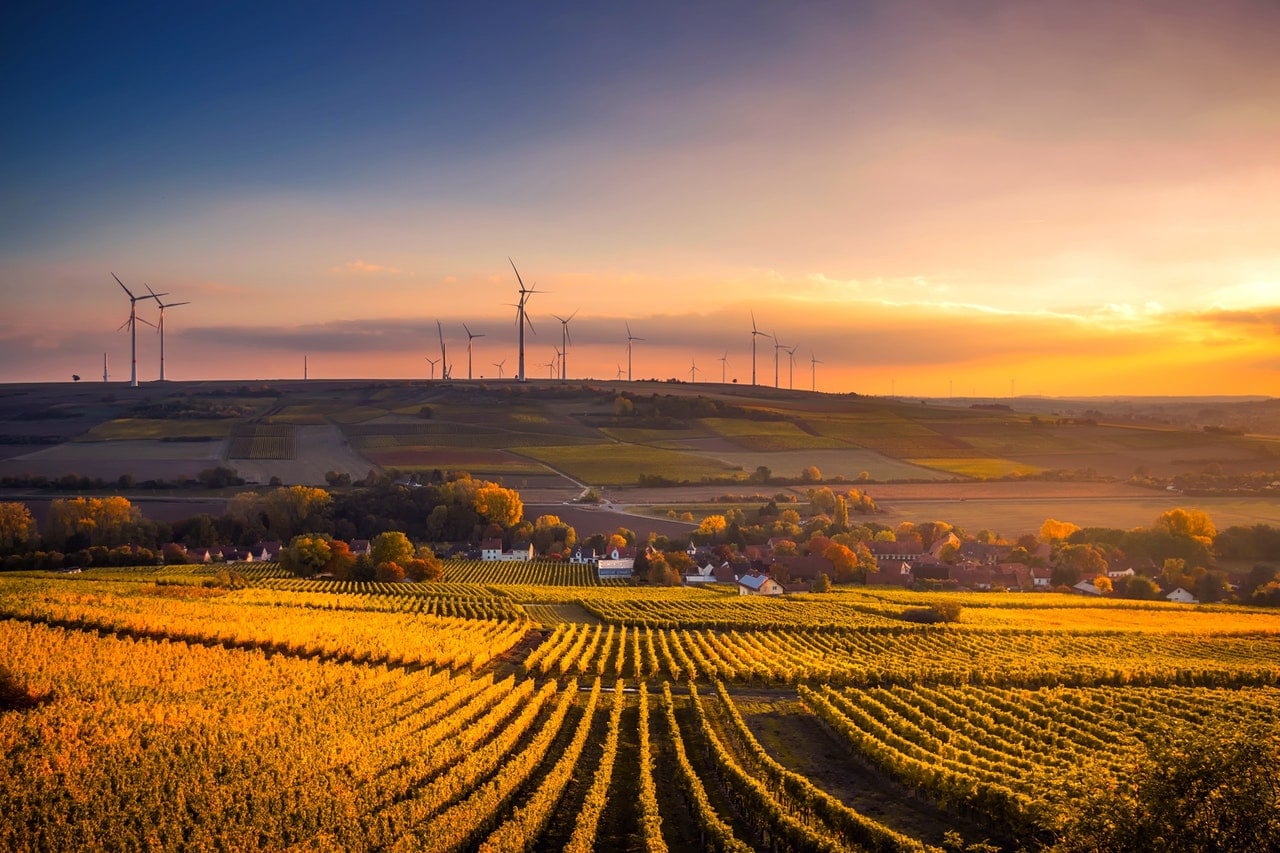Sustainability has been an increasingly important consideration for all businesses in recent years. Not just in terms of ethics and social responsibility. But in brand differentiation too. With consumers driving the need for change quite as much as governments, businesses are beginning to inspect their supply chain as a means of enhancing their green credentials.
So, as an importer/exporter, what can you do to build sustainability into your business?
Five Tips for Enhancing the Sustainability of your European Freight Business
1. Use technology
From cloud computing to sensor-driven asset monitoring, there are endless ways in which technology can remove the waste from your business. By employing IoT (Internet of Things) sensors to monitor your cold chain storage, you can prevent waste. Continuing Covid-19 working practices can reduce emissions – why travel to meetings when you jump on a Zoom call? Managing your electricity and HVAC (heating, ventilation and air conditioning) can ensure that it is being distributed and used in the right places, avoiding waste.
2. Review your supply chain
Sometimes, express deliveries are unavoidable. If you’re working with time-sensitive goods, your freighting options are limited. But you don’t need to have a one-size-fits-all approach to sending freight to Europe. By working with a freight forwarder that can offer flexibility, you can improve the sustainability performance of your business. With groupage, for example, you can share freight space with other compatible companies. This has the dual effect of reducing your overheads while reducing the environmental impact of your shipping.
3. Consider your packaging
When you are sending freight to or from Europe, you have to pay proper attention to your packaging. But there’s a statistic that is often bandied around that might be worth your attention: The average package contains 40% air. And a lot of that air is plastic-packed. Using smaller boxes can reduce the amount of space your freight requires. You can fit more on a pallet. You don’t need to spend so much cash on inner packing materials. And your boxes are smaller, so you’re helping to reduce the waste produced by your business too. If you then add in environmentally-friendly packaging, and make sure that you don’t mix recyclables and non-recyclables in the same package, you can make a significant difference.
4. Evaluate your suppliers
When you’re in the business of buying and selling goods, price and quality are often your guiding principles. But it can be possible to source the same goods from suppliers with better green policies. Maybe someone who produces less waste, or does more to off-set the waste they produce. Or look for firms who source their materials locally, so that the goods you’re working with start life with a low carbon footprint.
5. Look beyond your warehouse
As an importer or exporter, your warehouse and supply chain will probably be your first point of focus when considering sustainability. But there’s plenty you can do in your office to reduce your carbon footprint too. Select recyclable printer ink cartridges. Implement an ‘essential print only’ policy. Use low-energy light bulbs. Reduce plastic use by replacing your water cooler with a bottle filler. Install solar panels if you have the space and budget.
When you’re working in the field of imports or exports, sustainability can feel problematic. Afterall, you’re moving goods around the world, that’s always going to carry some kind of environmental trade-off. But that doesn’t mean that there aren’t things you can do to help reduce and compensate for that impact. And if you do, it can pay dividends for your business, as well as for the environment.
If you’d like more information about groupage freight or any other Plexus freight services, please get in touch.


